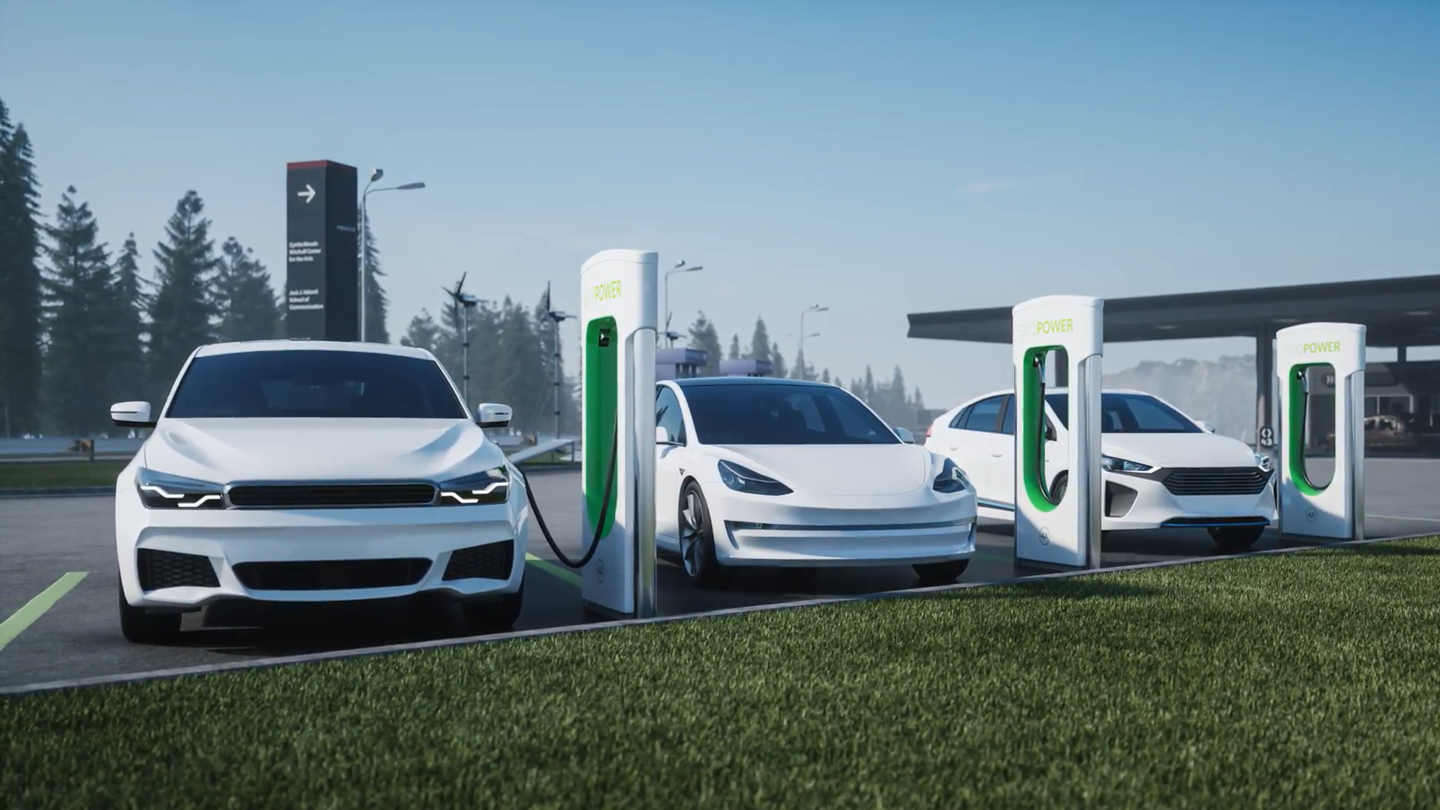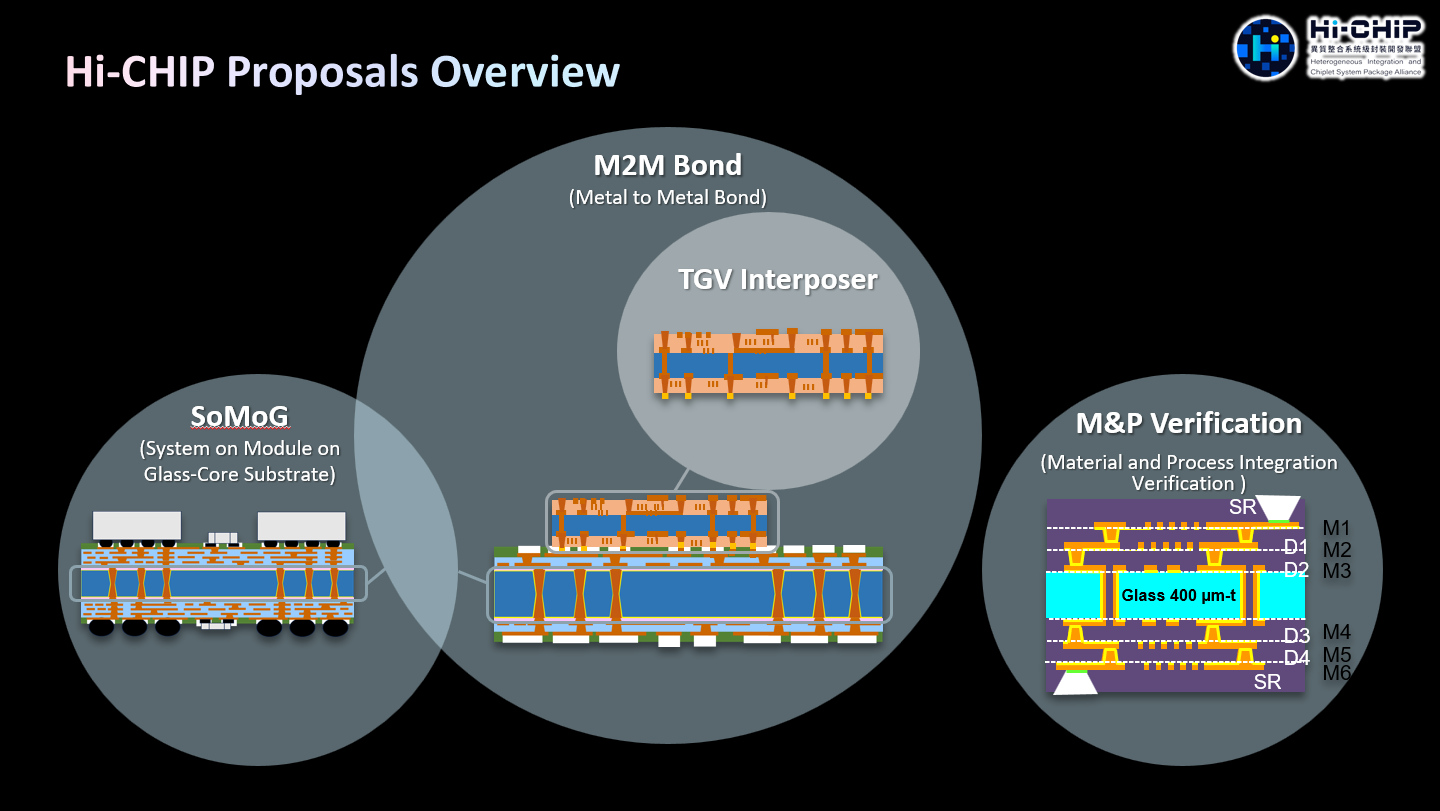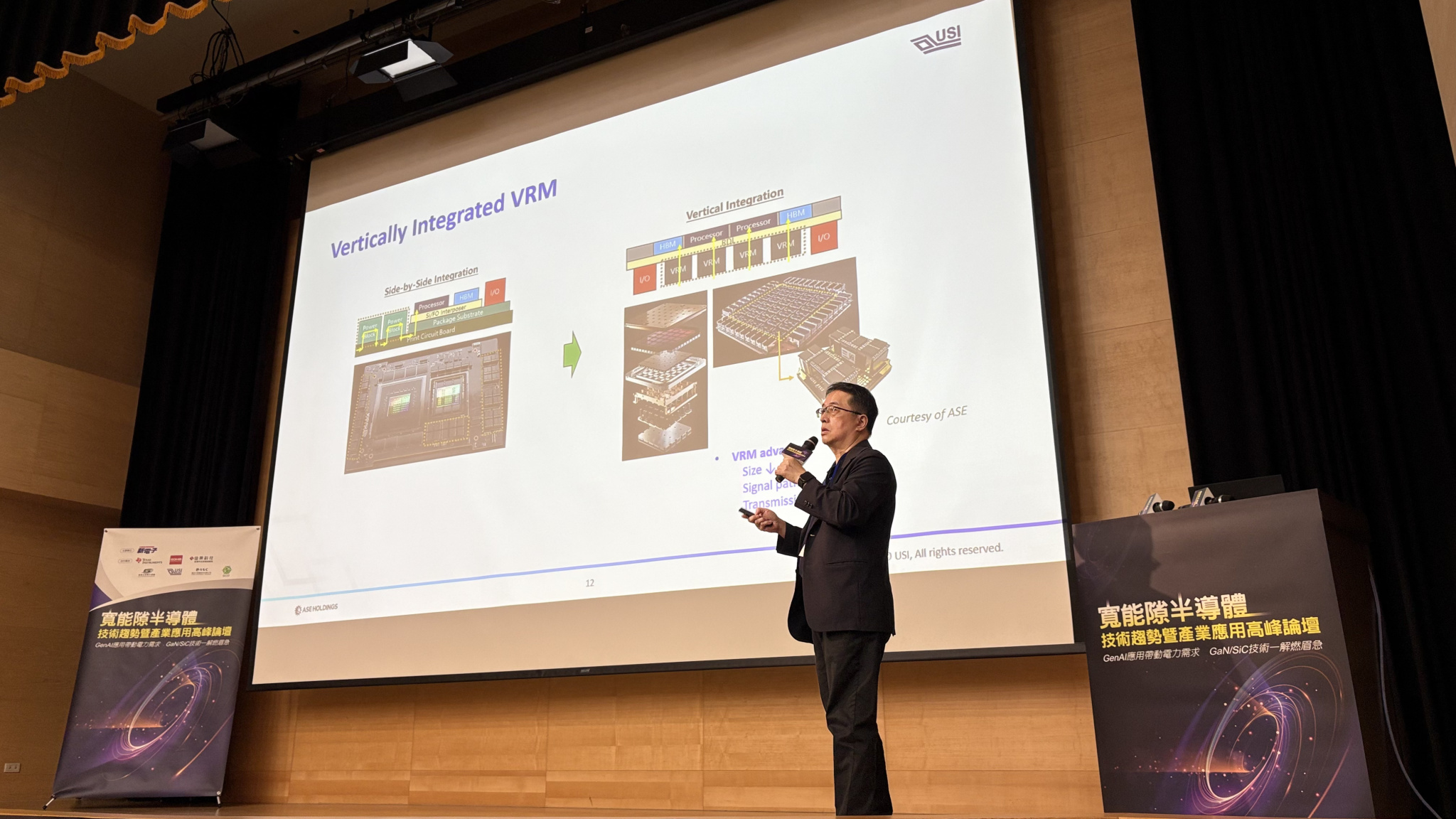Search
- 03/28/2022
Market Insight: Two Determined Factors drive the Transformation of Automotive Powertrain Systems
The development of emerging markets, the rapid rise of new technology, sustainability policies, and consumer attitudes contribute to tremendous changes in today's economies. A ton of industries have been transformed by digitization and new business models, and of course, the car industry makes no difference.
While there are still obstacles to the electrification of the vehicle, there are also opportunities worth fighting for. This is especially true in cities, where current pollution, traffic, and safety are important concerns. As population and GDP development drive higher automobile ownership and vehicle kilometers traveled, the environmental issues will worsen if the current quo persists. As a result, the mobility industry is unleashing a dazzling array of technologies aimed at urban roadways, including mobility-as-a-service (MaaS), enhanced traffic control and parking systems, freight-sharing solutions, and novel two- and three-wheeled transportation models. Changes in both important areas: regulation and consumer behaviour have created the current potential to profoundly modify how we move.
“Regulation” shapes the demand for high-efficiency powertrain
Governments and cities have implemented rules and incentives to speed up the transition to sustainable mobility. Emissions targets are being set more stringently by regulators around the world. The European Union unveiled its "Fit for 55" package, which aims to coordinate climate, energy, land use, transportation, and taxation policies to reduce net greenhouse gas emissions by at least 55 percent by 2030.
Cities are attempting to reduce private automobile use and congestion by providing more support for alternate forms of transportation, such as bicycles. Paris has announced a $300 million investment to upgrade its cycling network and convert 50 kilometers of vehicle lanes to bike lanes. Car access controls are also being implemented in several urban areas. In reality, over 150 European towns have already enacted low-emissions and pollution-related access regulations.
Purchase incentives, regulatory variances, road pricing, fuel taxation policy, state backing, and customer preferences all influence the rate and pace of adoption of the automotive powertrain in different locations. Other essential aspects in the growth of powertrain include developing charging infrastructure in various places worldwide.
Importance of “Consumer Behaviour”
The significant growth in consumer spending power has increased demand for cutting-edge automobiles, pushing up the need for updated systems. The increased use of all-wheel drive in SUVs in emerging markets and the Asia Pacific region will likely boost the powertrain market's growth. Over the next five to ten years, regulation, technology, infrastructure, the total cost of ownership (TCO), and consumer preferences will drive the adoption of alternative powertrains. These influences, as well as the mix of electric vehicles, hybrid vehicles, and, subsequently, fuel-cell electric vehicles, will vary greatly by region.
As more individuals accept alternate and sustainable modes of transportation, consumer behaviour and awareness are changing. Trips on shared bicycles and e-scooters in the city have increased by 60% year over year, and customers are increasingly accept shared mobility solutions. More than 20% of Germans surveyed claim they use ride-sharing services (6% at least once a week), which can help reduce vehicle miles travelled and emissions.
The Future of the Automotive Powertrain
Hybrid vehicles combine an internal combustion engine with a battery-powered electric motor to power the powertrain, resulting in improved fuel economy and lower harmful emissions. Other modules are needed to regulate the electric traction motor, replenish the battery, and manage the energy utilized to drive the start/stop system, and water pumps, in addition to the internal combustion engine control unit. The initial step in car electrification is the start/stop mechanism. This system, also known as micro-hybrid technology, switches off the engine when it would typically idle in neutral and immediately restarts it when the accelerator is pressed. This is a particularly efficient solution in urban "stop and goes" driving settings where fuel consumption and CO2 emissions can be improved by up to 15 percent.
The growing demand for passenger and commercial vehicles, as well as the growth of the global automotive sector, is driving up demand for automotive powertrain systems. Automatic transmission demand has expanded dramatically, resulting in market expansion. The imposition of strict government rules on carbon emissions has prompted market companies to introduce fuel-efficient and environmentally friendly vehicle powertrains.
To comply with stricter pollution standards, Vehicle manufacturers see engine reduction as a way to decrease CO2 emissions while also improving fuel economy dramatically. The variety of powertrain types is causing a considerable shift in powertrain content such as components quantity and technology. The Automotive Powertrain System market will benefit from new growing markets, changing customer demographics, and technical improvements in the coming years.
Market Drivers for Automotive Powertrain Systems
As mentioned, the market for automotive powertrains is likely to benefit from rising demand for environmentally friendly automobiles and tightening government rules on vehicular emissions. Furthermore, technical developments in powertrain systems to improve vehicle efficiency are expected to drive market growth possibilities. Consumer tastes are progressively shifting toward clean-transport options, battery costs are decreasing, and infrastructure development is speeding up, resulting in the faster distribution of electric vehicles (EVs) throughout major markets.
E-mobility has reached a critical juncture. As a manufacturing service provider of automobile powertrain, USI has discovered these shifts and the critical growth areas in electrification and stagnant or declining ICE component markets. We have accumulated over 30 years of vehicle and electric business experience with excellent competitive advantage. For many years, USI have established close relationships with international carmakers, Tier 1, and even major new EV carmakers. Our global manufacturing resources also meet customers' needs for localized production of automotive electrical products.
Keep up with top trending topic
For the latest innovation technology, application
and industry insight.
Subscribe Our Blog
For the latest innovation technology, application
and industry insight.














